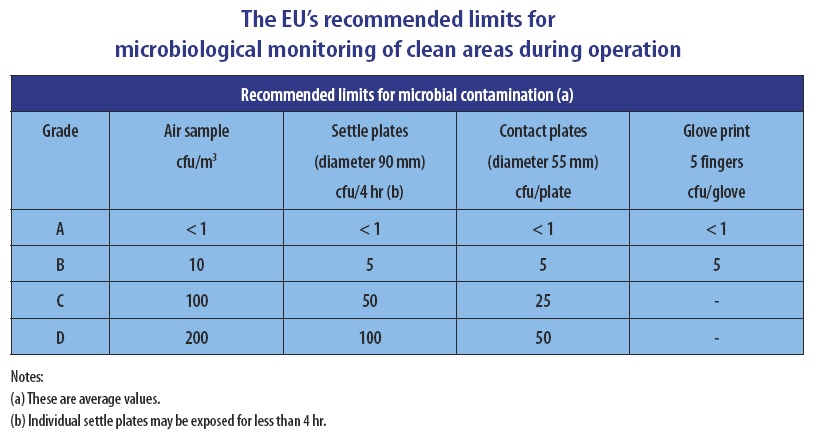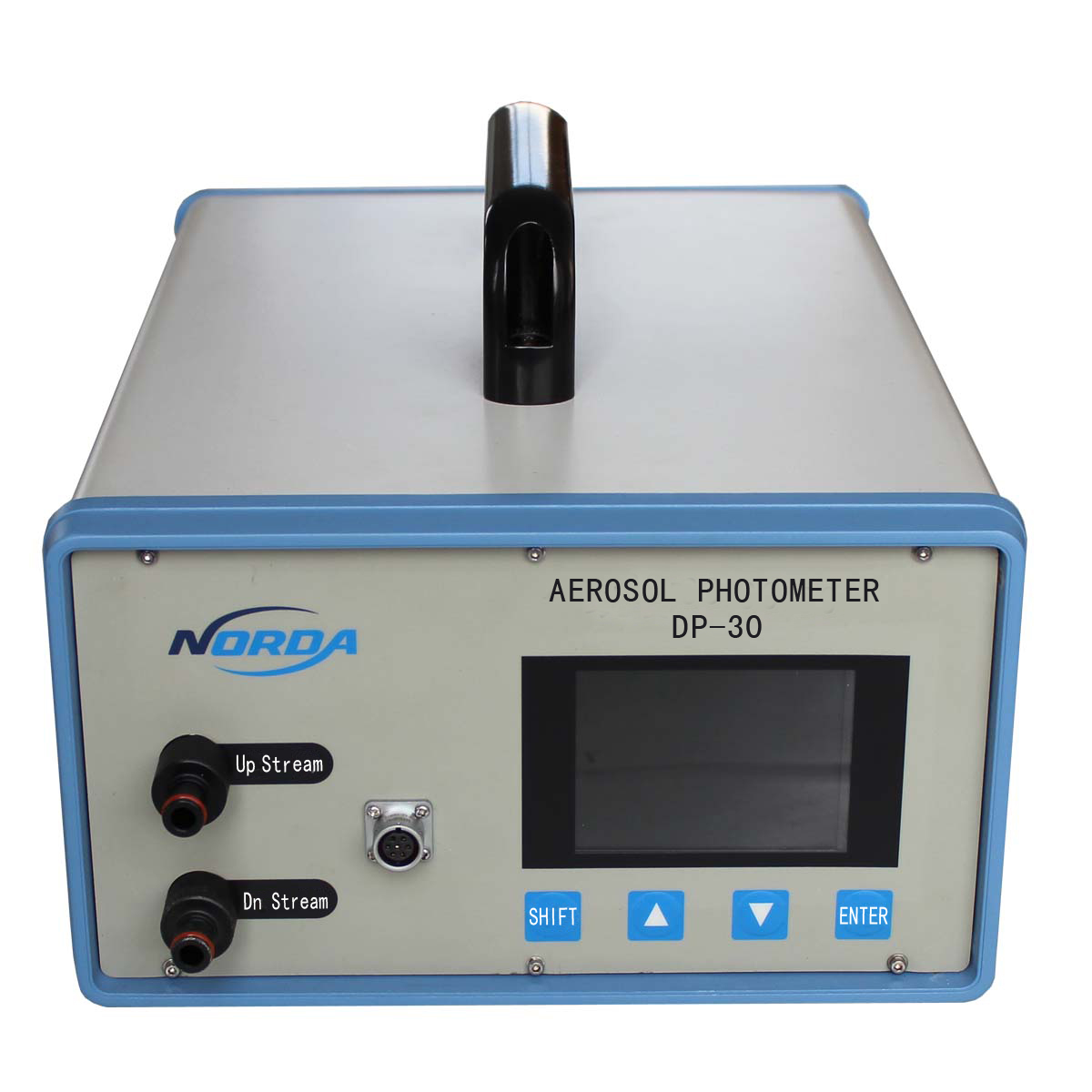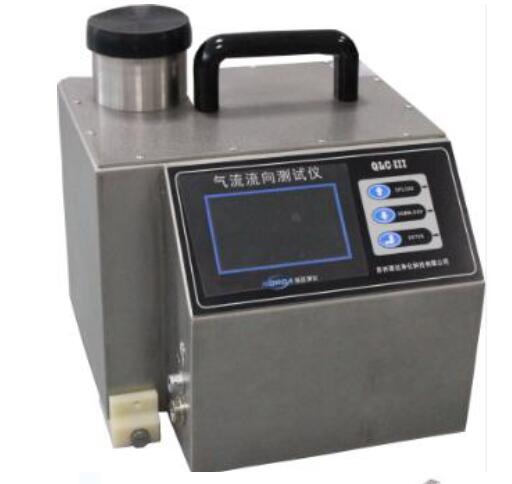Measuring Air Particles
Cleanrooms couldn’t function without accurate air particle measurement. Consistent monitoring, whether done by in-house staff or a third party vendor, is critical to maintaining a necessary level of cleanliness for specific controlled environments.
The necessary equipment
Good housekeeping, upgraded filters, and proper exhaust design are all ways that a cleanroom’s air particle count can be kept to the desired level.
“Filters are designed from the beginning to be an essential part of the cleanroom,” says Joe Gecsey, applications manager, Hach Co., Loveland, Colo. “Filters in and of themselves are part of the original design and function of the cleanroom. What you’re trying to do [with monitoring] is make sure they’re still doing their job correctly. In most cases that involves the use of airborne particle counters that give you a number or an evaluation based on a number of counts per volume at a certain size.”

Gecsey adds that the other instruments usually used are flow meters and velocity meters, and also pressure meters and manometers. “Those three things are usually the key test … most of the time it’s the particle counters that might be used on a daily basis. The other parameters are checked less frequently, although pressure is something that usually is monitored often with a gauge or something that looks like a clock or a simple temperature gauge mounted on the wall. Many people have pressure gauges that they go by with a clipboard once a day and check,” he says.
“A good quality particle counter with a minimum of four channels – six is better,” is a requirement for air particle measurement, says Tony Ancrum, associate director, Environmental/RTU/Hardware Service, Merck Millipore/Bio Monitoring, Darmstadt, Germany.
The frequency of air particle measurement will differ, depending on the needs of the product or the requirements of the company. However, in a controlled environment, there is always some kind of monitoring going on.
“The counter should be able to record its results and transmit the stored results to a computer to record the state of each test run during the production process. For critical productions in a Class A cleanroom, the monitoring should be done continually during all production runs,” says Ancrum.
“If you’re processing in an aseptic environment, the general rule is to be doing some type of monitoring every shift,” says Anne Connors, regional marketing manager, North America, Environmental Monitoring, EMD Millipore, Billerica, Mass. “If you are marketing to the EU at all, they require continuous monitoring so that when you’re doing the routine processing, you should be doing some monitoring in your critical environment. [In] any supporting areas, depending on the overall criticality of the process, [monitoring] can be done once a week, at a minimum. Some are more frequent; some are once a day.”
Preventing problems before they start
“For most users, [air particle measurement] is a matter of maintaining a certain level of low contamination. It’s never zero, but it’s keeping it within a certain boundary that makes their work successful,” says Gecsey. “So, fundamentally, they’re trying to prevent a problem from accruing, and it could be a fundamental quality with the equipment or process; it could even be a liability issue at some point, [as] for a pharmaceutical company. You’re allowed a certain level [of particles] by regulations, so for certain people it’s a regulatory issue. For other people it’s simply maintaining a high level of quality, and if they do it within certain boundaries they’re O.K. If they get outside those boundaries, there’s problems.”
In addition to protecting the product and the integrity of the cleanroom, air particle measurement is essential for safeguarding those who work in the cleanroom itself. Typically this process goes hand-in-hand with pressure measurement and control, whether positive or negative.
“There are certainly instances where confined structures are negative pressure – that is, where they’re confined or contained. That might be where there’s some kind of risky material being used or operated with, like radioactive material or maybe something that might be dangerous for people,” says Gecsey. “In the pharmaceutical trade, there are certain drugs that are used often with cancer, so the manufacture of toxic processes is done under negative pressure. So there’s an interest in knowing pressure. The majority of rooms are running in positive pressure … that is, let’s keep all the potential dirty air out of the room, and if somebody opens the door or opens the passageway window or something, air is pushing out and no dirty air from the outside around the room or the area is allowed in.”
Ancrum calls air particle measurement an “invaluable tool to monitor the conditions inside the production environment.” Validation of cleanrooms is essential for disease control – for example, proper air quality control probably could’ve minimized the recent meningitis outbreak in the United States that resulted from a contaminated cleanroom and killed more than three dozen people.
“A small particle of dust, dirt, or skin cells in the wrong place could cause, in the worst case, someone’s death,” says Ancrum. “This can be caused in an injection which could cause a blood clot, or the poor adhesion of the coatings on a stent with the same result. [A particle] might also carry a microorganism which could contaminate a batch of drugs or other products, with the result of the whole batch being destroyed.”
MaryBeth DiDonna is the managing editor of Controlled Environments.
This article appeared in the January 2013 issue of Controlled Environments.




網(wǎng)站自己上傳/AG1800.jpg)
網(wǎng)站自己上傳/AG60上傳.jpg)
網(wǎng)站自己上傳/pbs-100.jpg)
網(wǎng)站自己上傳/PBS-E.jpg)
網(wǎng)站自己上傳/IA.jpg)
網(wǎng)站自己上傳/QLC-I.jpg)




